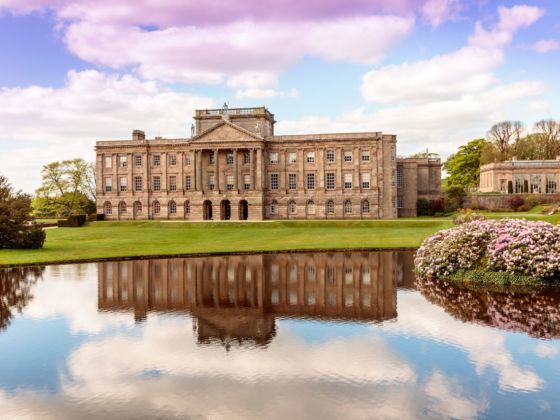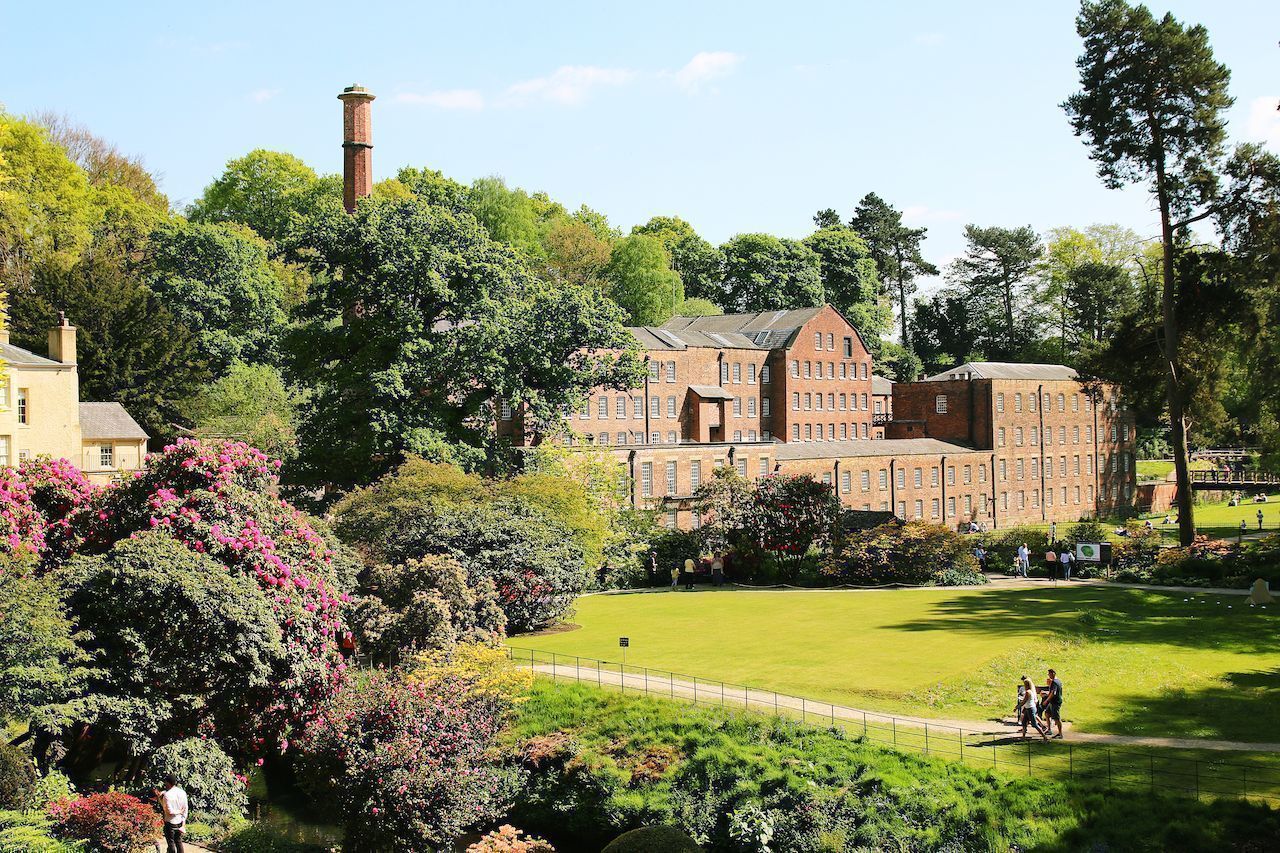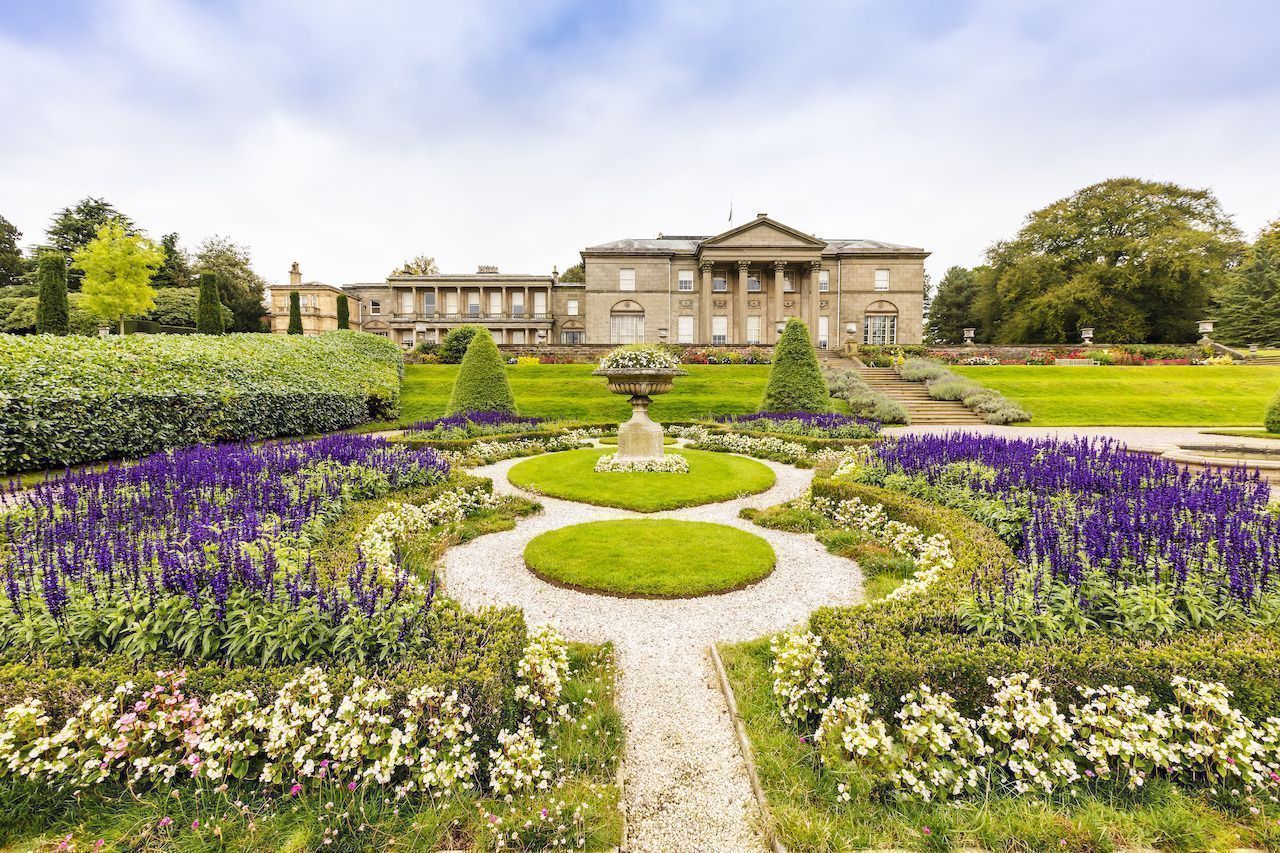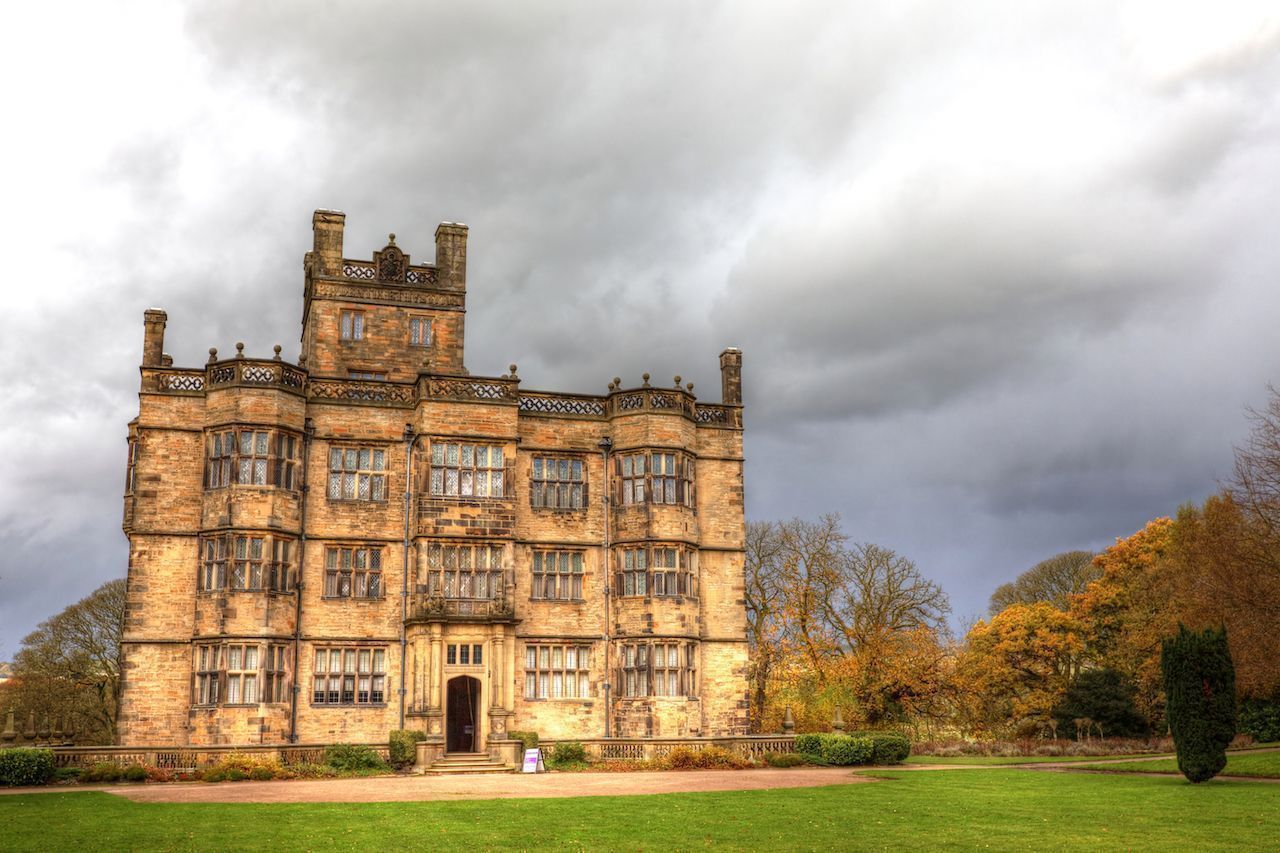It may be the UK’s third-largest city, but Manchester is more than just hipster bars, glitzy restaurants, and packed shopping streets. Hop on a bus or train, and within half an hour you’ll have reached brooding moorlands, vast country estates, and picturesque villages.
Many of these rural attractions are owned by the National Trust, Europe’s largest conservation charity. Heading into its 125th year, the organization is devoted to protecting some of the UK’s most spectacular historic houses, woodlands, gardens, countryside and stretches of coastline. If you prefer ancient deer parks, centuries-old mansions, and beautifully preserved industrial heritage to cityscapes, head to these seven National Trust properties within easy reach of Manchester.







